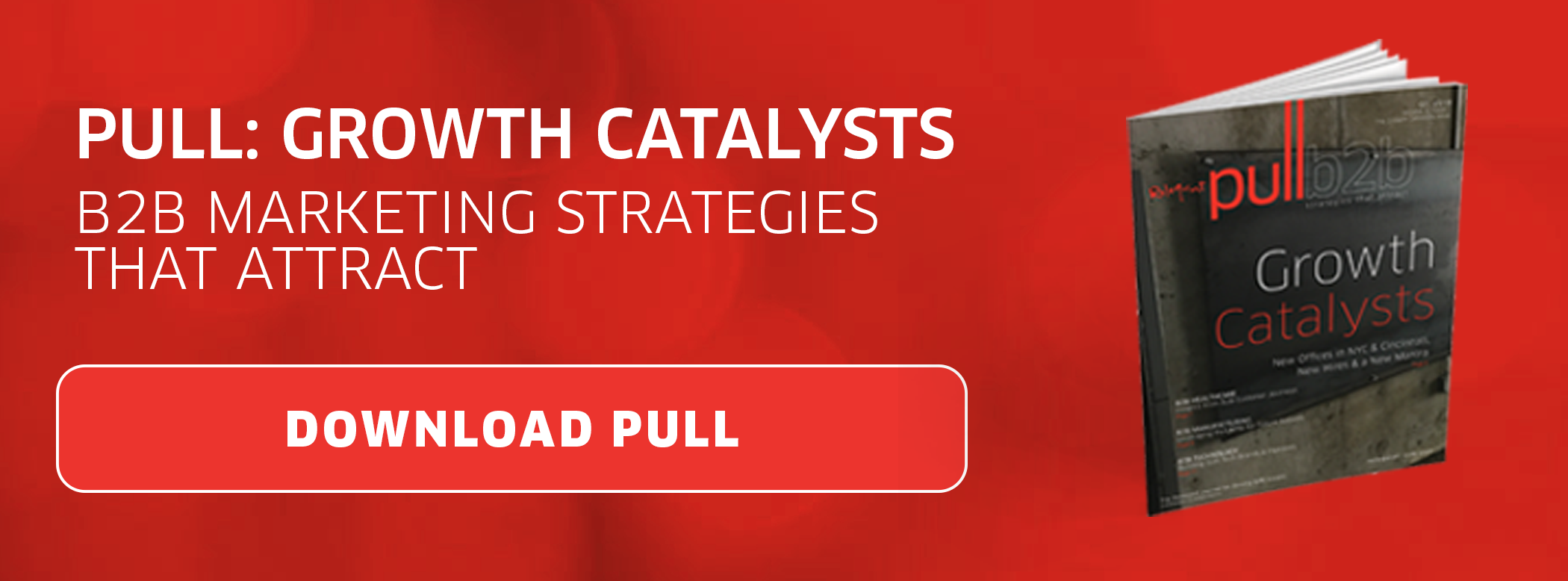 Why use multiple tools for your marketing, sales and customer relationship management efforts when you could use just one?
Why use multiple tools for your marketing, sales and customer relationship management efforts when you could use just one?
All-in-one martech not only saves you valuable time by automating various marketing tasks, but also gives you a singular place to manage all of the different facets of your B2B marketing strategy, including SEO, blogs, landing pages, email, lead management, analytics, ads and your website itself.
These platforms also also serve as powerhouses that combine marketing strategies with CRMs to provide a holistic and well-rounded view of each prospect, nurture them throughout the marketing and sales cycle and turn them into delighted customers.
If you’re considering an all-in-one platform, read on for a more detailed look at how making the switch could be a game-changer.
A Cohesive Big-Picture Approach
If marketing functions such as blogging and email are completely siloed, it can make the evaluation of a digital marketing campaign's efficacy a frustrating and time-consuming experience that doesn't provide very helpful or conclusive insights.
With an all-in-one marketing platform, such as HubSpot, all necessary features for evaluation are in the same place to provide a singular and holistic view of isolated campaigns and prospect behaviors over time.
When blogs, landing pages, email lists, customer profiles and other aspects of CRM are all in the same platform, you get a clear, cohesive picture of your campaign more quickly than if you pieced together analytics from several different tools.
Superior ROI Calculation and Business Intelligence
Martech that offers an all-in-one platform for marketing automation and lead intelligence provides a 360-degree lifetime view of each prospect, enabling you to attribute the prospect’s activity to specific campaigns and thus track ROI.
Being able to easily track your ROI streamlines the process of assigning costs to your campaigns and determining which particular lead generation efforts were the most successful, plus how long it took leads to convert.
Campaign Design and Execution is Faster, Easier and More PersonalizedWith many marketing functions integrated into one product, all-in-one martech platforms make executing repetitive manual tasks easier and less time-consuming — and that goes beyond setting up workflows for deploying lead nurturing email campaigns, scoring leads and handing off leads to sales.
All-in-one platforms enable you to use templates to create landing pages based on what historically has caused leads to convert. Personalization is key in B2B digital marketing, and all-in-one platforms also give you powerful opportunities for personalization on your web and landing pages. You can segment your contact lists based on data such as website visits, content downloads and email opens, and then personalize website content, CTAs, landing page forms and emails for those segments using dynamic (or “smart”) content modules.
Personalization in B2B marketing can be more challenging than in B2C, as there are likely to be multiple decision-makers within the same organization. Personalization and targeting become easier with the segmentation available in an all-in-one marketing automation solution. For example, you can reframe the same piece of content with slightly different copy or packaging to make it appeal to different stakeholders, then use dynamic content to show them the version of that content that’s designed to appeal specifically to them.
Constant Engagement
Twenty-three percent of B2B business deals fall through because sales reps or the brand itself didn't engage with the prospect. While a marketing automation platform can't completely replicate the human touch of a sales rep reaching out to the prospect, it can help maintain engagement.
An all-in-one platform enables you to create campaigns and customer journeys based on recent behaviors, long-term patterns and attributes. For decision-makers still doing their research, pointing them to content such as datasheets, blog posts and whitepapers can help guide their decisions and open up dialogues.
And HubSpot’s new Service Hub will enable companies to better engage customers and turn them into promoters with a new suite of tools, including a universal inbox to keep a centralized record of all communication, and a customer feedback tool that helps you build new marketing campaigns based on your biggest promoters.
When Not to Use an All-in-One Marketing Automation Platform
The superior business intelligence you get from all-in-one marketing automation platforms makes them a worthy investment in both the short and long term.
But here’s one big reason not to use an all-in-one marketing automation platform: When you don’t have the resources to use all of its features. With robust platforms like HubSpot, Marketo or Pardot, you only get out of them what you put into them.
Don’t have the resources on your own marketing staff to make the most of your martech platform? It might be time to consider working with an experienced B2B marketing agency who can put all of its features to work for you. That way, you can ensure you get the best return on your investment. ![]()







 By
By 
